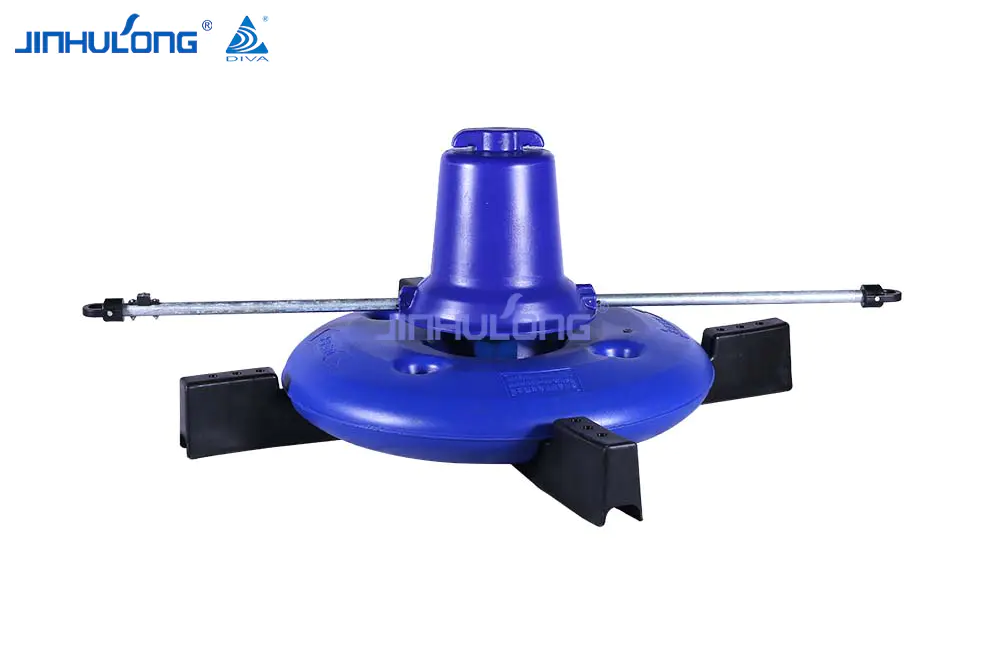Uniform bubble distribution is a critical factor in determining the effectiveness of any aeration system, especially in wastewater treatment and aquaculture. Among various designs, the circumferential aeration method has gained attention for its circular layout and ability to disperse air around a 360-degree path. But how evenly does it distribute bubbles in real-world conditions?
The concept of bubble uniformity involves the consistent release of air or oxygen into the liquid environment in a way that maximizes contact with the water and the biological organisms within it. Ideally, a Circumferential Aeration Aerator should produce fine, evenly spaced bubbles that rise at a uniform rate throughout the tank or basin. When the bubble distribution is uneven, it can create oxygen-rich and oxygen-deficient zones, which negatively impact biological treatment processes and energy efficiency.
In theory, the design of a circumferential aeration aerator should promote balanced bubble dispersion. The air outlets are typically arranged in a ring or circular format to ensure the gas flow is distributed equally in all directions. This design inherently reduces the likelihood of concentrated air release zones that could occur with linear or point-source aerators.
However, uniformity also depends heavily on other engineering factors. These include the pressure and flow rate of the incoming air, the size and number of the perforations or nozzles, the installation depth, and even the condition of the membrane or diffuser components. If the pressure isn't equally maintained throughout the aerator’s structure, some areas may emit more bubbles than others, leading to inconsistencies in oxygen transfer.
In practical applications, a properly installed and well-maintained circumferential aeration aerator can indeed offer highly uniform bubble distribution. When paired with a steady air supply and regular inspection protocols, the risk of uneven dispersion is greatly reduced. Furthermore, circular diffusion often encourages better horizontal water circulation, which in turn promotes even oxygen mixing across the treatment area.
Field tests and operational data from wastewater facilities often confirm that when configured correctly, these systems maintain reliable performance over time. But it's important to note that neglecting routine cleaning or failing to account for system backpressure can still result in performance degradation, no matter how efficient the aerator’s design may be.
In conclusion, while the structure of a circumferential aeration aerator is inherently favorable for producing uniformly distributed bubbles, actual performance is influenced by various system-level factors. Ensuring consistent bubble dispersion requires not just good design but also attentive operation and maintenance. With the right balance of engineering and care, such a system can be a dependable asset in achieving efficient oxygen transfer and overall water treatment success.
